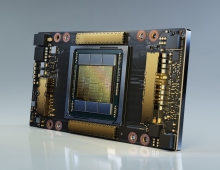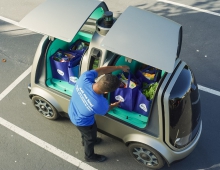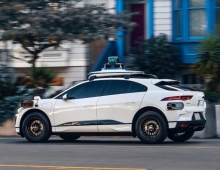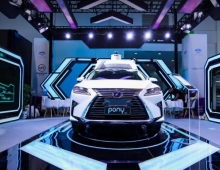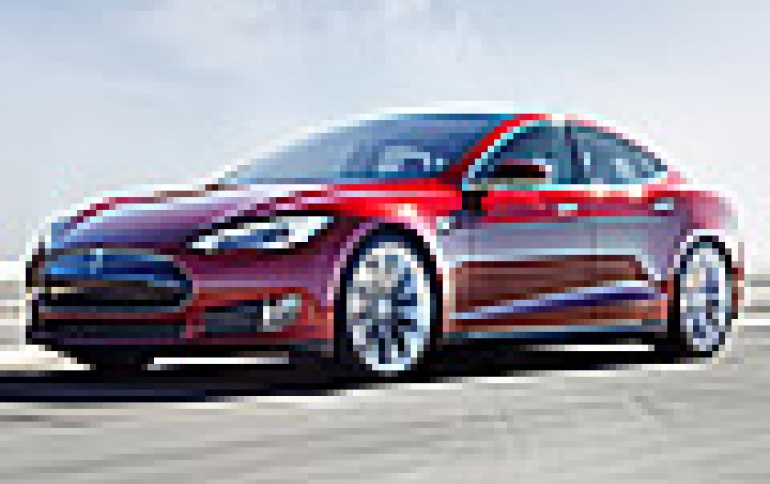
Tesla Debuts Autopilot Software to Model S
Tesla Motors Inc. will begin rolling out the first version of its Autopilot features to some owners of its all-electric Model S sedan Thursday. The software is the first step in the company's efforts to enable cars with self-driving capability. In October of last year the company started equipping Model S with hardware to allow for the incremental introduction of self-driving technology: a forward radar, a forward-looking camera, 12 long-range ultrasonic sensors positioned to sense 16 feet around the car in every direction at all speeds, and a digitally-controlled electric assist braking system.
Today's Tesla Version 7.0 software release allows those tools to deliver a range of new active safety and convenience features, designed to work in conjunction with the automated driving capabilities already offered in Model S. This combined suite of features represents a fully integrated autopilot system involving four different feedback modules: camera, radar, ultrasonics, and GPS. These systems offer realtime data feedback from the Tesla fleet, ensuring that the system is continually learning and improving upon itself.
Autopilot allows Model S to steer within a lane, change lanes with the simple tap of a turn signal, and manage speed by using active, traffic-aware cruise control. Digital control of motors, brakes, and steering helps avoid collisions from the front and sides, as well as preventing the car from wandering off the road. Your car can also scan for a parking space, alert you when one is available, and parallel park on command.

While truly driverless cars are still a few years away, Tesla Autopilot functions like the systems that airplane pilots use when conditions are clear. The driver is still responsible for, and ultimately in control of, the car.
This release also features a visual refresh of the digital displays for Model S . The Instrument Panel is focused on the driver and includes more functional apps to help monitor your ride.

